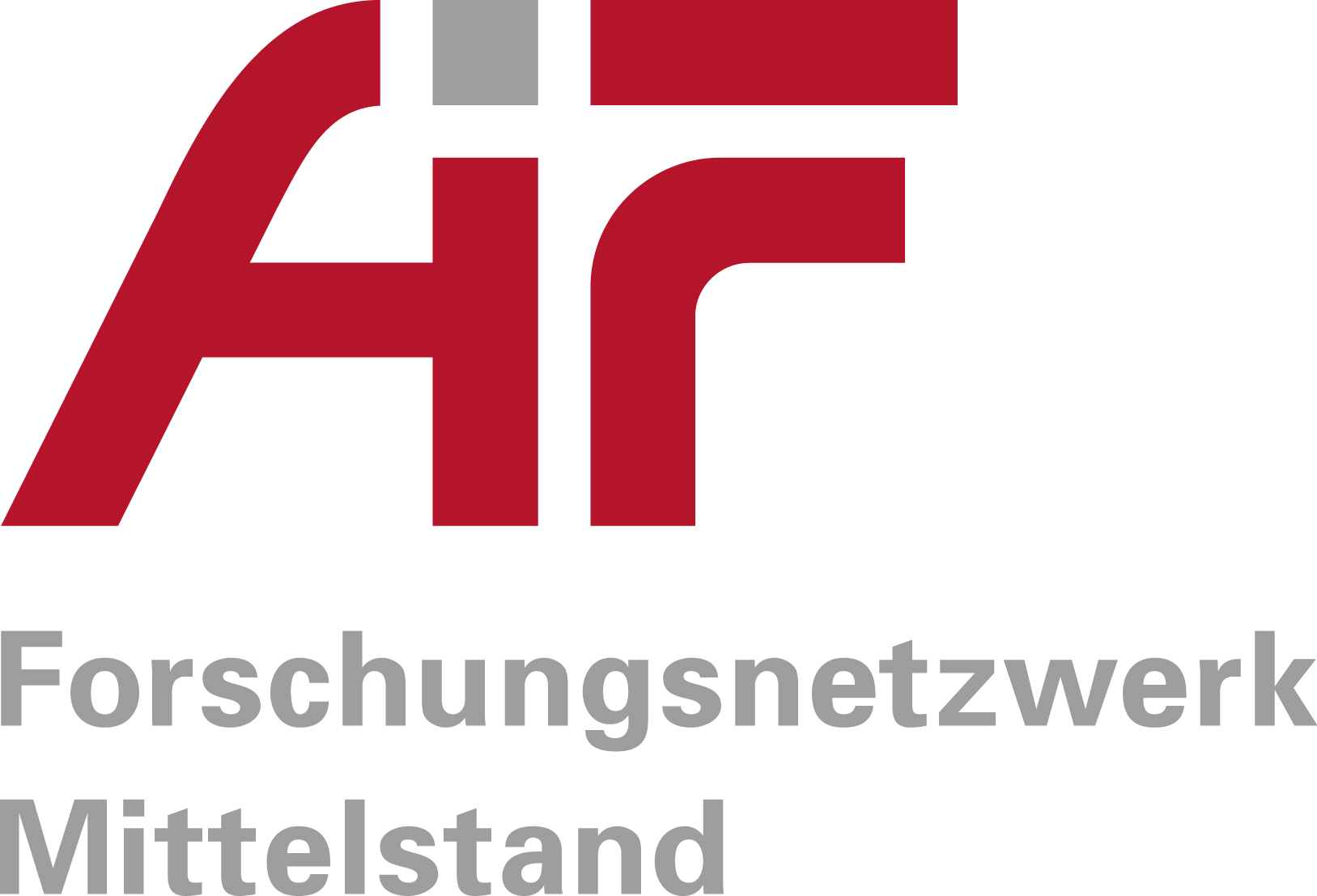Summary of the final report of the MikSin research project (IGF-Project 21135 BG)
“Sintering of printed conductive structures by energy input using microwave irradiation”
In the research project “Sintering of printed conductive structures by energy input via microwave irradiation – MikSin”, primarily conductive silver microparticle pastes were applied to various substrate materials by means of the digital piezojet printing process and the practicability of sintering the printed structures by microwave irradiation was investigated as an alternative to conventional sintering as a furnace process. Since sintering by microwave irradiation is distinguished from other sintering processes by the fact that the electrical conductivity that develops during sintering directly influences the dissipation of the incident electromagnetic radiation and thus there is a feedback of the respective current conductivity to the sintering temperature, a main focus was placed on a deeper process understanding of microwave sintering. For this purpose, mainly measurements by broadband dielectric spectroscopy in combination with electromagnetic simulations were used. It was found that when a critical value of electrical conductivity is reached during sintering, it increases abruptly by several (9 to 10) decades and, as a result, the microwave-induced heating of the printed layout also increases significantly very suddenly. If microwave sintering is understood as an ohmic heating of the layout as a result of the flow of induced currents, then the sintering temperature that occurs depends on the ohmic resistance of the layout and thus, in addition to the material parameter “electrical conductivity,” also on the length and cross-section of the conductor tracks. This must be taken into account in particular in microwave sintering of geometrically highly heterogeneous layouts.
This fundamental work was combined with experiments on actual microwave sintering using large microwave ovens, as can be used in industrial processes for the treatment of large components or in series production. This extends the state of the art in that only very compact microwave applicators have been used for laboratory experiments in the literature to date, allowing only the sintering of single, small substrates [1-5,13]. For the evaluation of these experiments, the conductivity obtained by microwave sintering and the sintering time, each compared to the furnace process, were used as a reference. The evaluation of the microscopic structures obtained by the different sintering processes was performed by optical or scanning electron microscopy (SEM).
In exchange with the project-accompanying committee (pbA), the combinations of substrate material, conductive paste or ink to be printed and printing process were defined and implemented in the course of the project. In particular, in order to be able to systematically investigate microwave sintering itself, the samples were focused on their functionalization with silver micro-particle pastes (ECI 1011, EDAG; both from Emerson & Cumming) using the piezojet process. All samples discussed below, if printed at the site of the microwave ovens by THW, were oven dried at 60°C for 10 min to set the same initial state of the samples in terms of electrical conductivity for all microwave experiments. Regarding the substrate materials, the main focus was on temperaturemp sensitive polymer substrates. As a central object, an armrest from the automotive sector consisting of acrylonitrile-butadiene-styrene copolymer (ABS) with a melting point of approx. 80°C was investigated, onto which the leads for a heater in the form of two interlocking comb electrodes made of the silver microparticle paste ECI 1011 were applied by means of piezojet printing. For this system, it was investigated in more detail to what extent the formation of strong local heating (hot spots), which is problematic in microwave sintering, can be prevented by completely or partially short-circuiting the layout. Furthermore, various small parts based on various polyamide 6 (PA 6) – based materials with maximum service temperatures between 160°C and 170°C as well as two rubber materials (HNBR, EPDM) with a maximum permissible temperature of 200°C were included in the investigations. In addition to these temperature-sensitive substrates, two temperature-insensitive ceramic substrates (aluminum oxide Al2O3 and aluminum nitride AlN) were also considered as a counterpart, whereby the functionalization was carried out in part with the PARU PG-007 silver nanoparticle ink from the manufacturer PARU using the aerosol jet process.

Figure 1: Top: CAD representation of the armrest; Middle: Heating layout with silver feed line (green) and carbon heating lines (red); Bottom: Implementation of the layout of the feed lines with silber paste on an APCB substrate; Source: Chair FAPS (FAU Erlangen-Nuremberg), Wildau University of Applied Sciences – Chair of Composite Material Technologies, Fraunhofer IAP
While for a detailed presentation of the electrical conductivity values obtained for the individual material combinations, reference is made to the presentation in Chapter 4, it can be generally stated that in the case of the polymer substrates, a conductivity of approx. 3 MS/m was obtained for the silver microparticle pastes by means of furnace sintering, which corresponds to approx. 5 % of the value for bulk silver and is in good agreement with literature values [9]. The conductivity was measured throughout by means of 4-point measurement. Using microwave sintering, values were obtained which, with considerable scatter (0.5 to 5 MS/m or 1% to 8% of the value for bulk silver), confirmed the value of furnace sintering. The problem with microwave sintering proved to be that after the jump in conductivity described above (which could be identified beyond doubt by means of thermography during microwave irradiation), at least one spot was found in all the layouts investigated where there was particularly strong local heating, which typically damaged the surrounding substrate. In the case of the automotive armrest, this effect was successfully counteracted by short-circuiting the layout, and slightly higher conductivity values were also achieved than with oven sintering. Relatively good microwave sintering, both in terms of sintering time and electrical conductivity, was found for the temperature-insensitive ceramic substrates. In exceptional cases, it was found to be critical that certain layout structures such as meanders led to strong local heating of the substrate and consequently to stress cracks as a result of particularly good coupling of the microwaves. The values of electrical conductivity agreed well with those of furnace sintering at comparable sintering times. In line with the broad agreement of the conductivity values between furnace and microwave sintering, no significant differences were found in the optical or electron-optical characterization of the products of the two sintering processes.
Since microwave sintering is only effective after the conductivity jump, the total sintering time is largely determined by the time until the onset of the conductivity jump. This obviously depends strongly on the previous history, such as the degree of drying of the printed layout. A systematic reduction of the sintering times by microwave sintering could not be proven within the scope of the project, so that there is also no advantage for this parameter compared to the reference process.
You can find more information about the project here.



